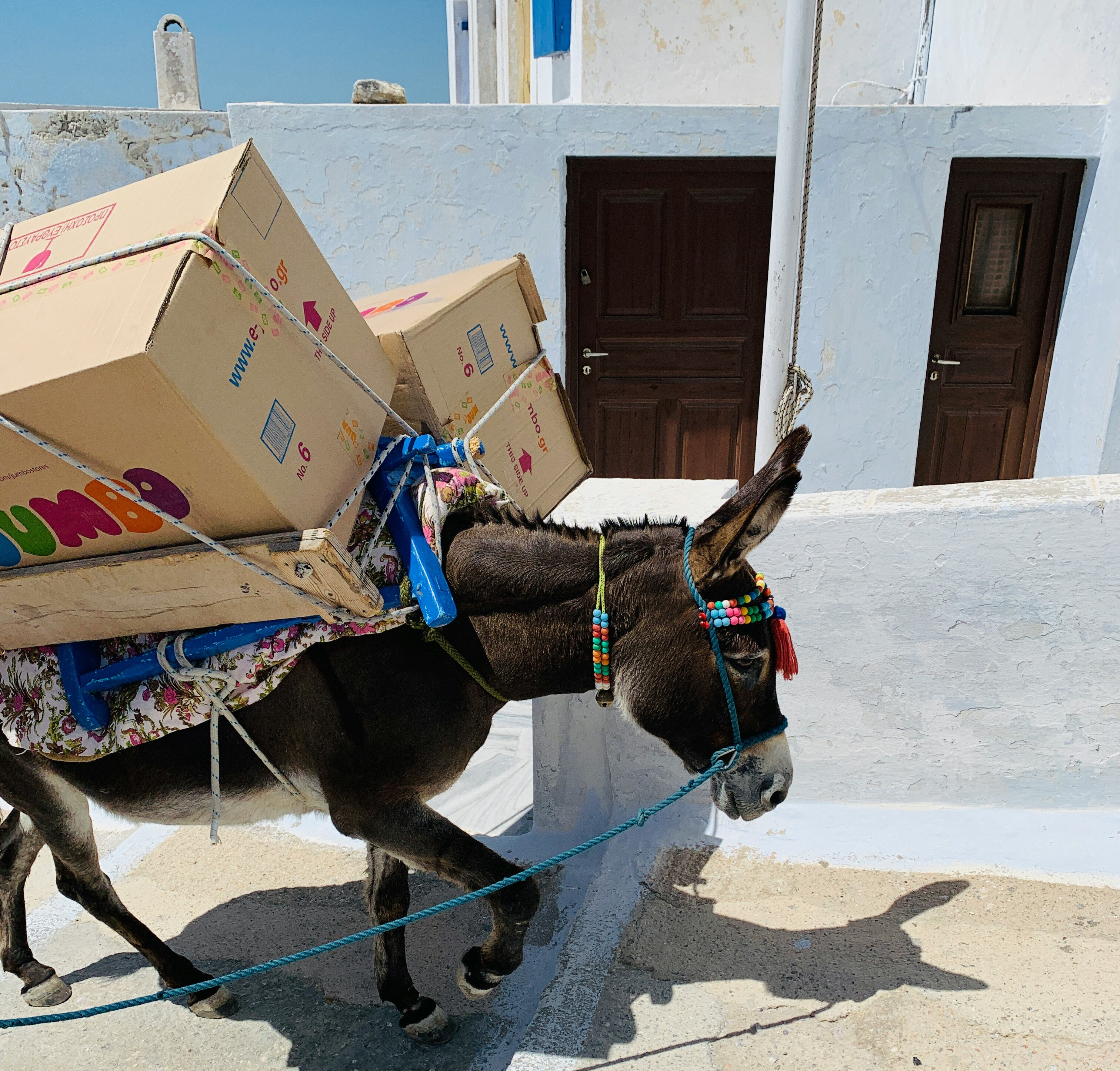Over the last 24 months, consumer behaviour has changed faster than supply chains could adapt. The Covid-19 pandemic didn’t just spark a health crisis—it rewired how, where, and when we buy things. Enter Quick Commerce (Q-commerce): a high-velocity retail model targeting instant gratification and short-distance fulfilment.
This isn’t just about convenience. It’s about survival in a digital-first, impulse-led economy.
What is Q-Commerce, Really?
Q-commerce goes beyond the traditional e-commerce playbook.
- It doesn't aim to replace weekly grocery runs or weekend shopping sprees.
- It steps in when you need just one thing, right now.
- Think painkillers at midnight, pet food before dawn, or soda during halftime.
Fulfilment windows have shrunk from 3-5 business days to under 30 minutes. That shift is radical—and it's being driven by a cocktail of behavioral nudges, real-time logistics, and hyperlocal inventory.
“The modern customer is impatient, unpredictable, and online. Meeting their expectations isn’t just a tech play—it’s a strategic imperative.”
The Real-World Use Case
Q-commerce thrives on low-margin, high-frequency, immediate-need categories:
- Snacks, beverages, OTC meds
- Personal/home care, cleaning agents
- Pet supplies, fresh produce, alcohol
What makes it sticky? Integration.
Corner shops, pharmacies, cafés, supermarkets, and restaurants are stitched into one digital layer. The result: a single basket checkout experience that reduces delivery friction, cuts fulfilment cost, and expands choice.
Who’s Winning Where?
The Q-commerce map is fast-evolving:
- Nigeria: Glovo, Bolt Food, Jumia Food, Konga Food
- MENA: Hungerstation, Talabat
- Global: GoPuff, Gorillas, DoorDash, Deliveroo, Uber Eats
While GoPuff raised over $3.4B and expanded to over 1,000 micro-fulfillment centers globally, players in Africa are still navigating basic infrastructure gaps.
 image by Nikita Samokhin
image by Nikita Samokhin
Why Q-Commerce Works Now
Let’s connect the dots.
- Urbanization is accelerating.
- Remote and hybrid work is the new norm.
- Digital natives (Gen Z & Millennials) are forming the core of the consumer base.
- The idea of waiting 3–5 business days for anything feels outdated.
Also, don’t ignore the ageing population. Q-commerce quietly solves for mobility, convenience, and immediacy—especially for those who can’t just “pop out” to the store.
The African Context
Africa’s e-commerce story is unique.
The pain points are well known:
- Fragmented logistics
- Low trust
- Weak digital payments
- Patchy internet access
- Regulatory bottlenecks
But Q-commerce sidesteps some of these hurdles:
- Last-mile delivery is local and lean.
- Order sizes are small, reducing handling complexity.
- Delivery costs are fractional due to hyperlocal hubs.
Q-commerce isn’t burdened by scale—it’s powered by it.
Where It’s Headed
Adoption will spike. Expect more cross-category integrations, stronger AI-powered dispatch systems, and deeper personalization. Players who optimize for last-mile efficiency, real-time inventory visibility, and multi-vendor aggregation will lead.
Retailers that treat Q-commerce as a side project will lose.
To Business Leaders
The modern customer is impatient, unpredictable, and online. Meeting their expectations isn’t just a tech play—it’s a strategic imperative.
- Is your supply chain built for speed?
- Are your partnerships hyperlocal enough?
- Are you leveraging data to predict next-hour demand?
The question isn't if Q-commerce will redefine retail in Africa. It’s how soon.
I first shared this internally at Konga.com, where I served as a Manager. I’d be keen to hear your take.
Before then—fast, fresh, and frictionless.
Does your retail strategy deliver in 30 minutes or less?

